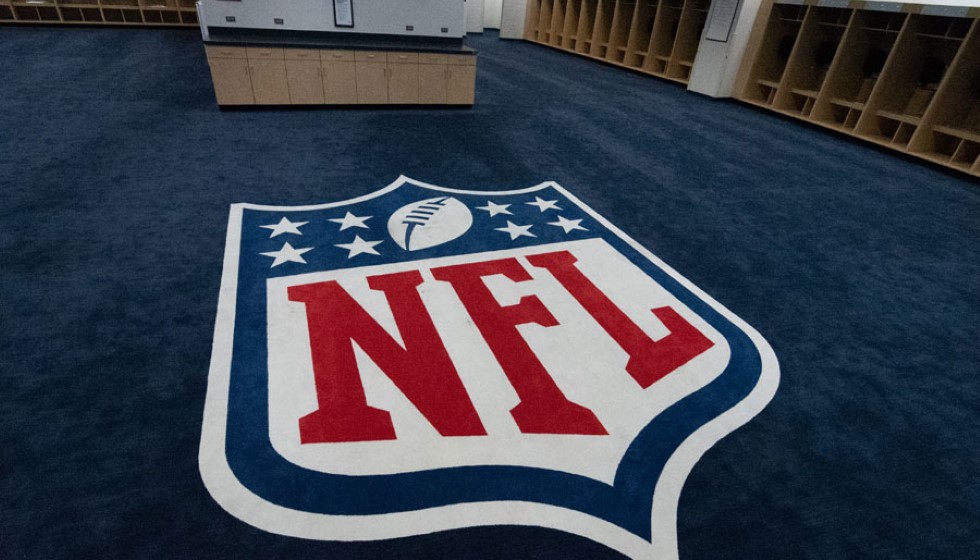
The official return of the NFL marked a much-anticipated moment for football fans everywhere with the staging of the Pro Football Hall of Fame Game this past Thursday. This game not only opened the curtain on the 2024 preseason but also set the stage for several intriguing changes within the sport.
Chicago Bears vs. Houston Texans
The Chicago Bears faced off against the Houston Texans in what was the first taste of competitive football since the previous season ended. For fans, this game symbolized more than just a preseason spectacle; it was a chance to witness new talents, both rookies and veterans, test their mettle on the gridiron.
Revamped Kickoff Rules Under Scrutiny
This game offered more than just high-intensity action; it also showcased the NFL's revamped kickoff rules, enacted on a trial basis for the 2024 season. These new regulations are being closely monitored by the league as they aim to strike a delicate balance between maintaining the sport's entertainment value and enhancing player safety.
The implemented changes see all kicking-team players, except for the kicker, position themselves on the receiving team's 40-yard line. This is a significant shift from previous setups, and the adjustments don’t stop there. On the receiving end, at least nine players must align themselves in a Setup Zone, which spans from their own 30 to the 35-yard lines. In a move designed to reduce the high-speed collisions often associated with kickoffs, the rules now prohibit Setup Zone players and kicking-team players from making initial moves until the kicked ball either touches the ground or is fielded by a returner within the Landing Zone or end zone.
Impact on Game Play
If a kicked ball fails to reach the Landing Zone, the play is immediately ruled dead, awarding possession to the receiving team at their own 40-yard line. On the other hand, kicks that land within the Landing Zone must be returned, unless they reach the end zone and are subsequently downed for a touchback. In cases where the ball is downed in the end zone, the receiving team will begin play from their own 20-yard line. However, if a kick lands in the end zone and exits through the back, whether downed or not, the receiving team gets an improved starting position at their own 30-yard line.
Despite the substantial changes to general kickoff rules, the NFL has decided to retain existing rules for onside kicks, albeit with minor restrictions. Now, onside kick attempts are only permissible during the fourth quarter, and only by teams that are trailing in the game. This attempt to preserve the dramatic potential of onside kicks, while still promoting player safety, will undoubtedly shape strategic decisions in many late-game scenarios throughout the season.
Balancing Act Between Entertainment and Safety
With these changes, the NFL underscores its ongoing commitment to safeguarding player health without compromising the excitement of the game. The decision to trial these rules for the 2024 season reflects an approach rooted in careful evaluation and adaptability. The league intends to closely monitor the outcomes throughout the season, assessing whether these new kickoff dynamics should become a permanent fixture in the future.
As the preseason unfolds and transitions into the regular season, players, coaches, and fans alike will keenly observe how these rule changes influence gameplay strategies, field positioning, and overall player performance. These elements are central to the NFL experience, and any significant shifts could have lasting impacts on how the game is played and viewed.
The Pro Football Hall of Fame Game was more than just an opening act; it was a litmus test for innovations poised to shape the future of the NFL. With tradition and modern sports science at the crossroads, this season promises to be a fascinating spectacle both on and off the field.